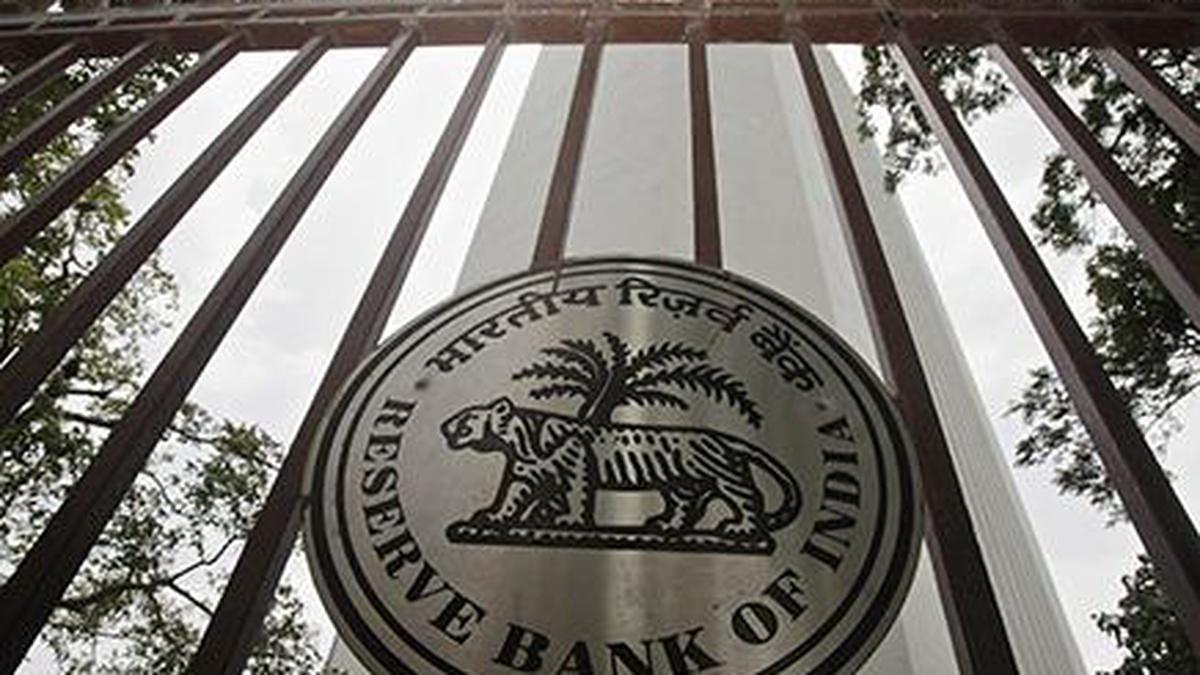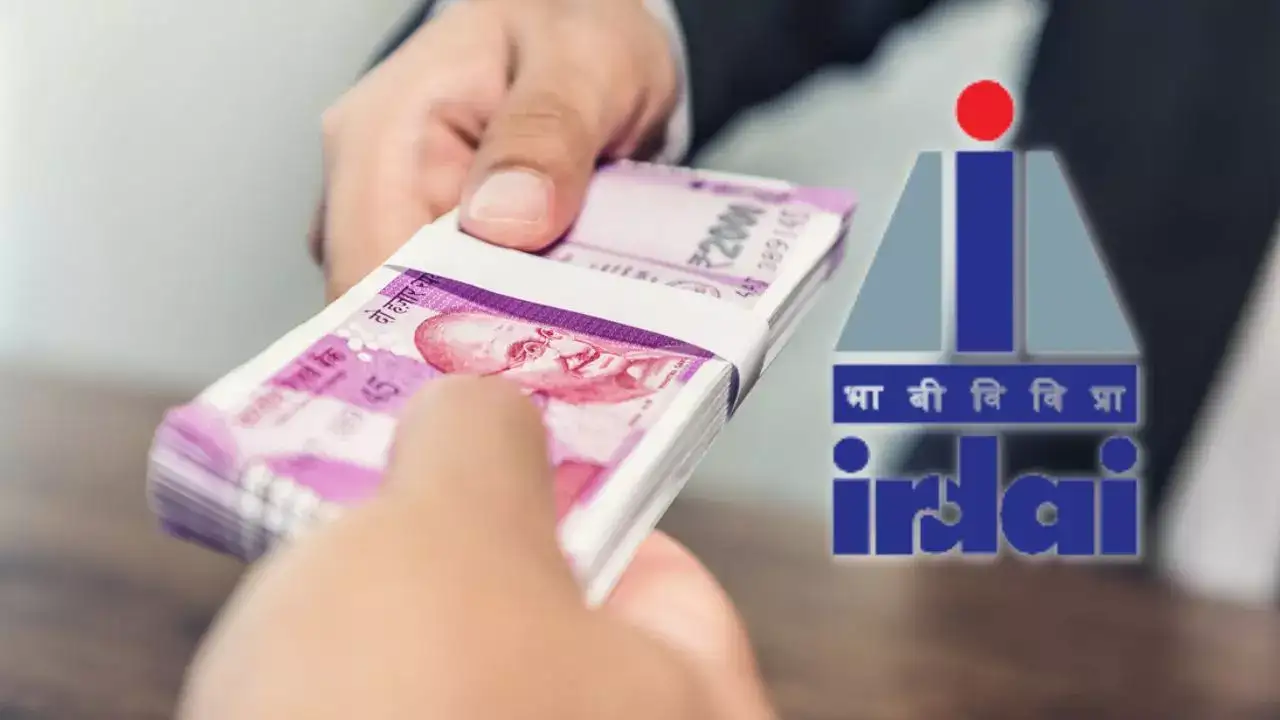Decoding RBI’s Master Direction on Digital Payment Security Controls: Essential Compliance Guide for Payment Service Providers
Introduction
In an increasingly digitized financial landscape, the Reserve Bank of India has established comprehensive guidelines through its Master Direction on Digital Payment Security Controls. This framework aims to strengthen the security infrastructure of digital payment systems across India, ensuring consumer protection and system integrity while facilitating innovation.
What are Digital Payment Security Controls?
The RBI’s Master Direction on Digital Payment Security Controls outlines security measures and operational standards that payment service providers must implement to safeguard digital transactions. It encompasses various aspects including governance, access controls, application security, and incident management related to digital payment systems.
Why are These Controls Necessary?
- Protects consumers from digital payment frauds and unauthorized transactions
- Maintains public confidence in digital payment ecosystems
- Establishes uniform security standards across payment service providers
- Ensures operational resilience against cyber threats
- Promotes innovation within secure frameworks
Key Requirements of the Master Direction
Governance Framework
- Board-approved Information Security Policy
- Clearly defined roles and responsibilities for security governance
- Regular security risk assessments and audit mechanisms
- Comprehensive security training for staff and stakeholders
Strong Access Management
- Multi-factor authentication for critical operations
- Role-based access control implementation
- Privileged access management protocols
- User activity monitoring and logging
Application Security
- Secure development lifecycle implementation
- Regular vulnerability assessments and penetration testing
- Secure API management for third-party integrations
- Data minimization and privacy by design
Fraud Risk Management
- Real-time fraud monitoring systems
- Transaction pattern analysis mechanisms
- Customer awareness programs about fraud prevention
- Rapid response protocols for suspected fraud cases
Cyber Security Controls
- Network segmentation and security architecture
- Endpoint protection measures
- Security incident and event monitoring (SIEM)
- Distributed Denial of Service (DDoS) attack mitigation
Business Continuity Planning
- Recovery Time Objectives (RTOs) for critical systems
- Regular testing of disaster recovery procedures
- Business continuity drills and documentation
- Alternate processing arrangements
Applicability Across Financial Institutions
Scheduled Commercial Banks
- End-to-end implementation of all security controls
- Quarterly security compliance reporting to RBI
- Advanced threat intelligence capabilities
Non-Banking Financial Companies (NBFCs)
- NBFC-Upper Layer: Comprehensive implementation similar to banks
- NBFC-Middle Layer: Phased implementation with relaxed timelines
- NBFC-Base Layer: Implementation of core controls with proportionate approach
Payment System Operators (PSOs)
- Full compliance irrespective of transaction volume
- Enhanced customer authentication mechanisms
- Mandatory security certification for payment applications
Payment Aggregators and Gateways
- Stringent data security measures
- Mandatory PCI-DSS compliance
- Regular security assessments by certified auditors
Penalties for Non-Compliance
- Monetary penalties up to ₹5 lakh per day of continued violation
- Suspension of specific payment services or operations
- Mandatory third-party security audits at entity’s cost
- Public disclosure of compliance failures
- Potential criminal charges for willful non-compliance
Recent Updates and Enhancements
- Card-on-file tokenization requirements
- Additional authentication for recurring transactions
- Enhanced security for quick response (QR) code payments
- Software development security protocols for mobile applications
- Cloud computing security guidelines for payment systems
Industry Best Practices
- Adoption of Zero Trust security architecture
- Continuous security monitoring beyond compliance requirements
- Threat hunting capabilities and advanced anomaly detection
- Security orchestration, automation, and response (SOAR) implementation
- Collaborative threat intelligence sharing among financial institutions
Conclusion
As digital payments continue to gain momentum in India, RBI’s Master Direction on Digital Payment Security Controls serves as a crucial framework for balancing innovation with security. Financial institutions must view these regulations not merely as compliance requirements but as foundational elements for building resilient digital payment ecosystems that inspire customer trust.














